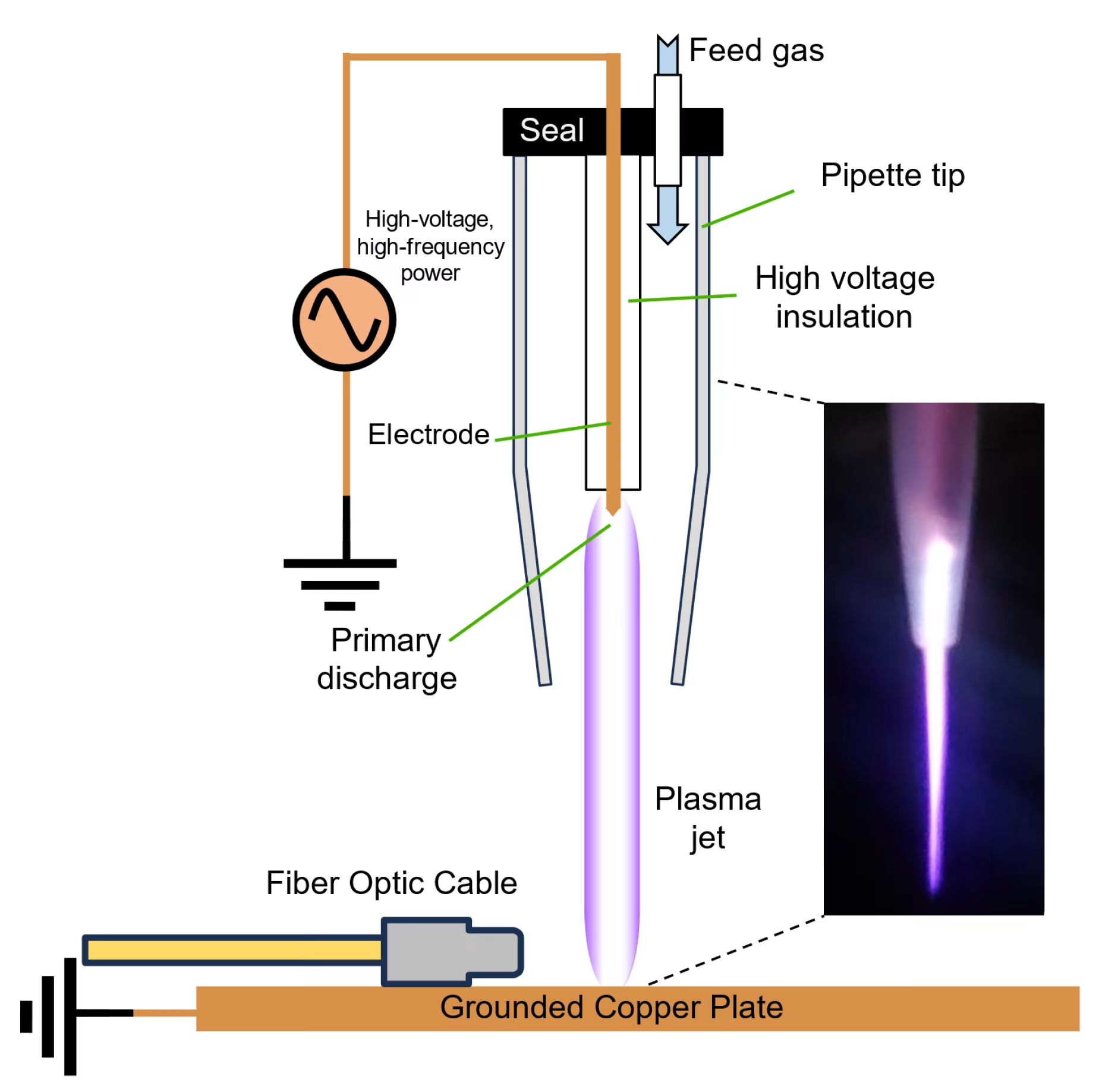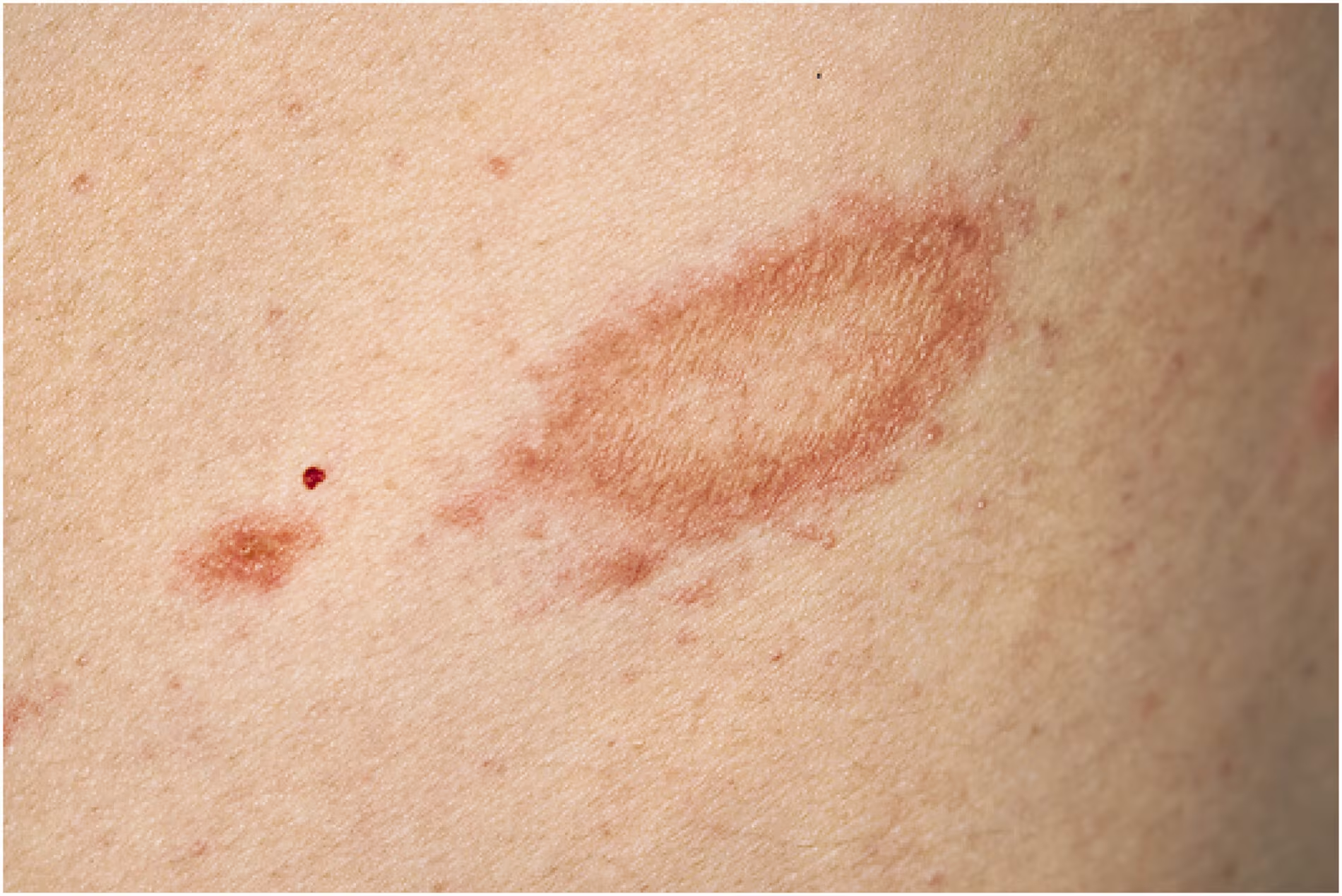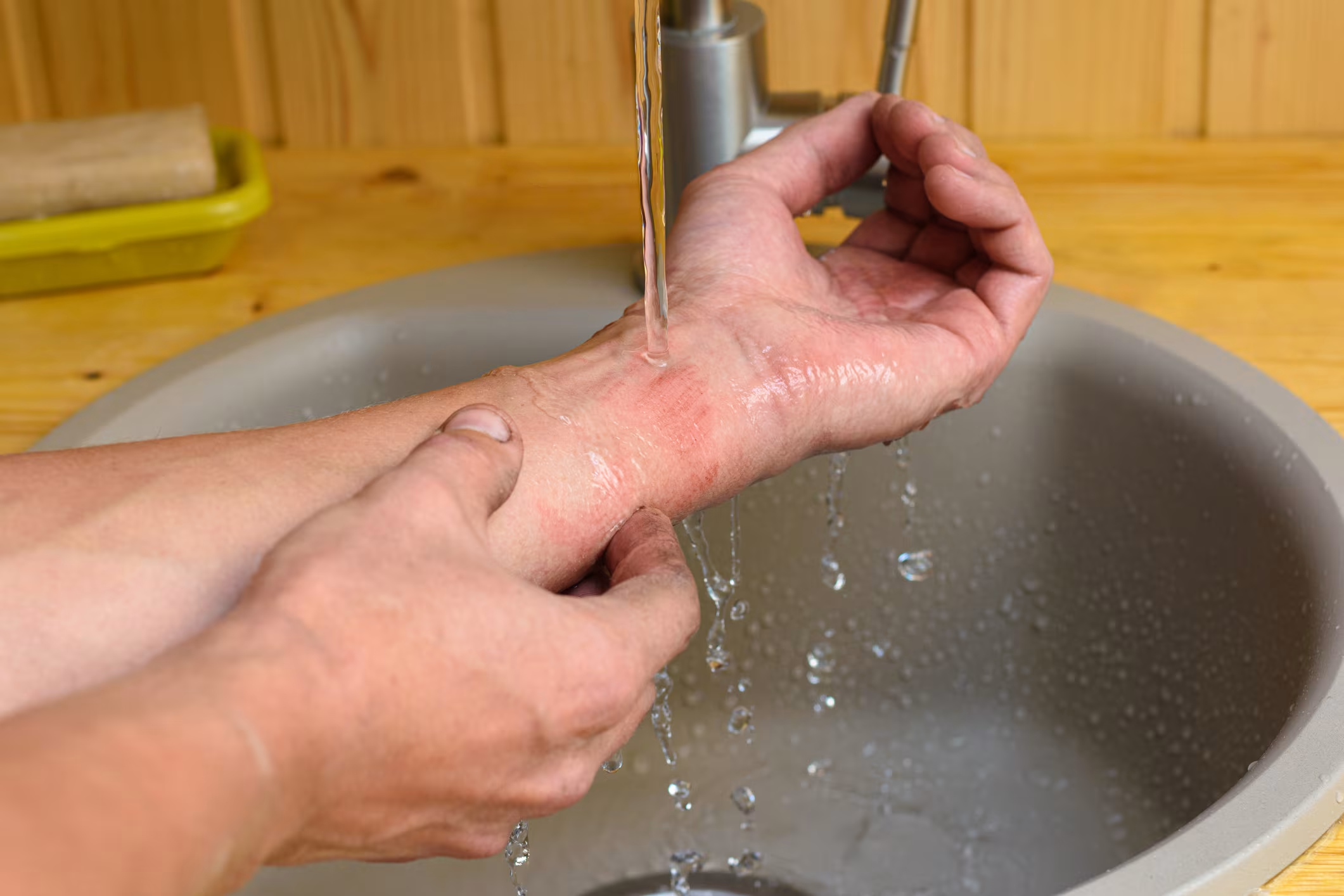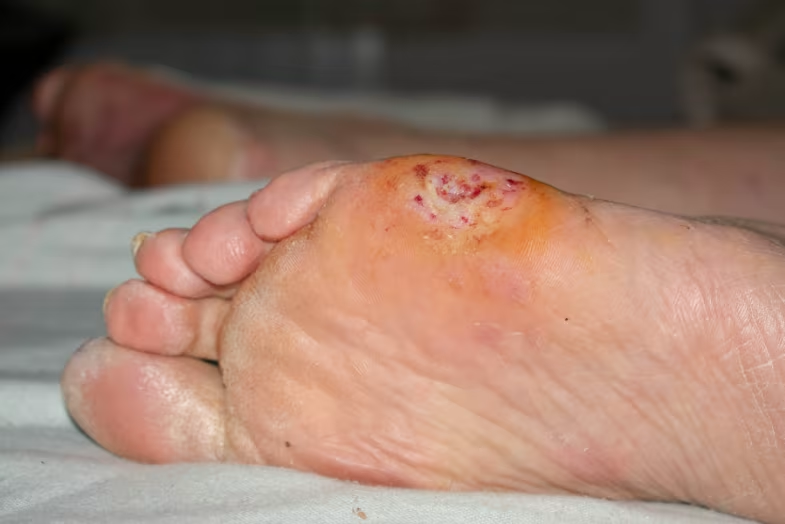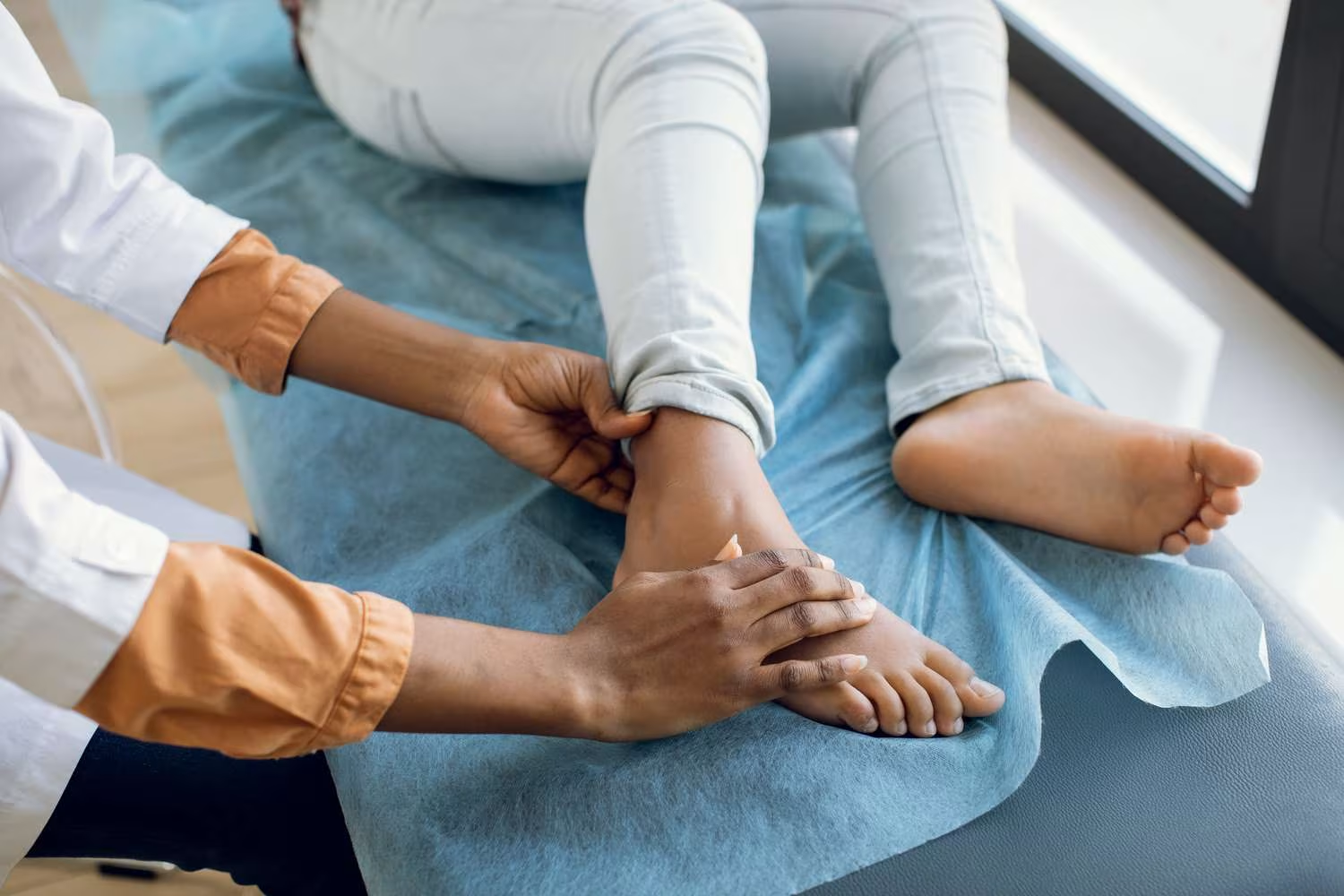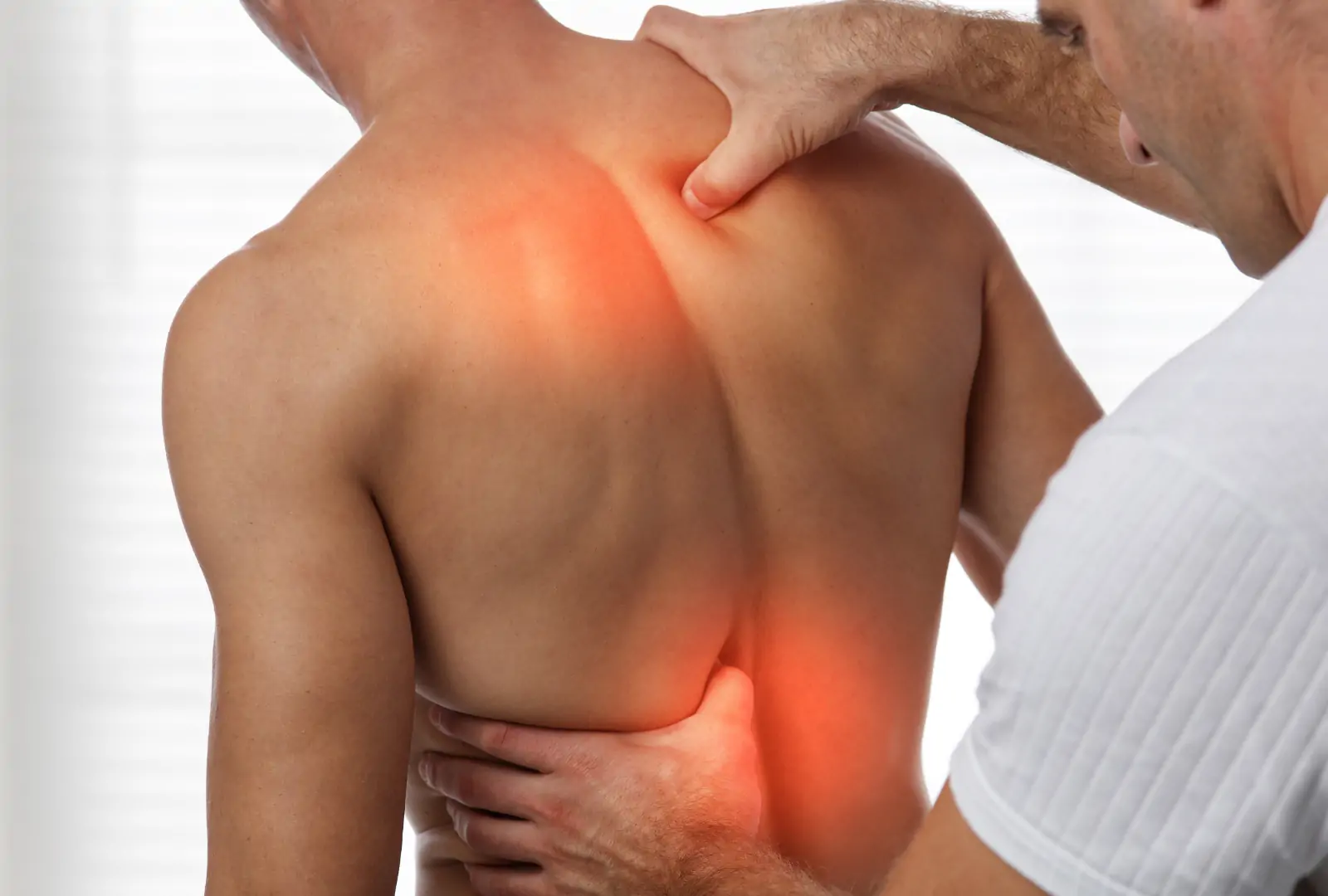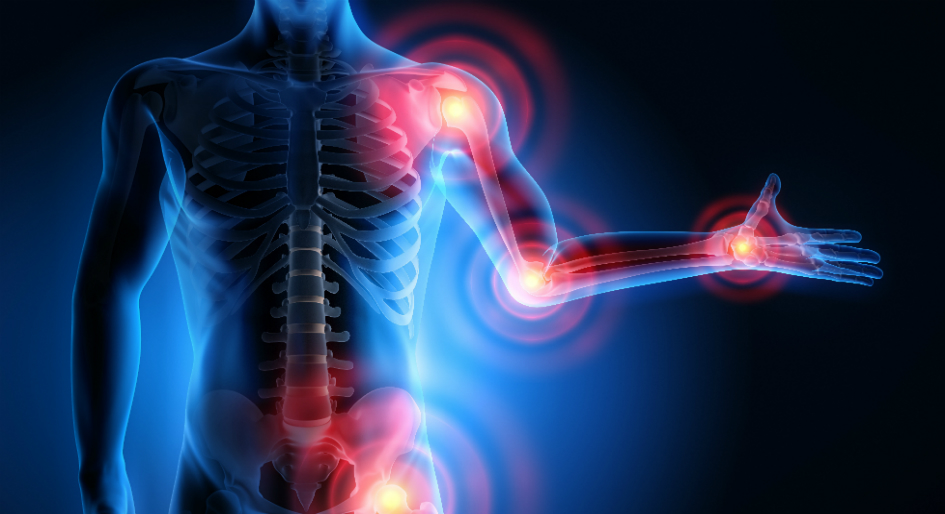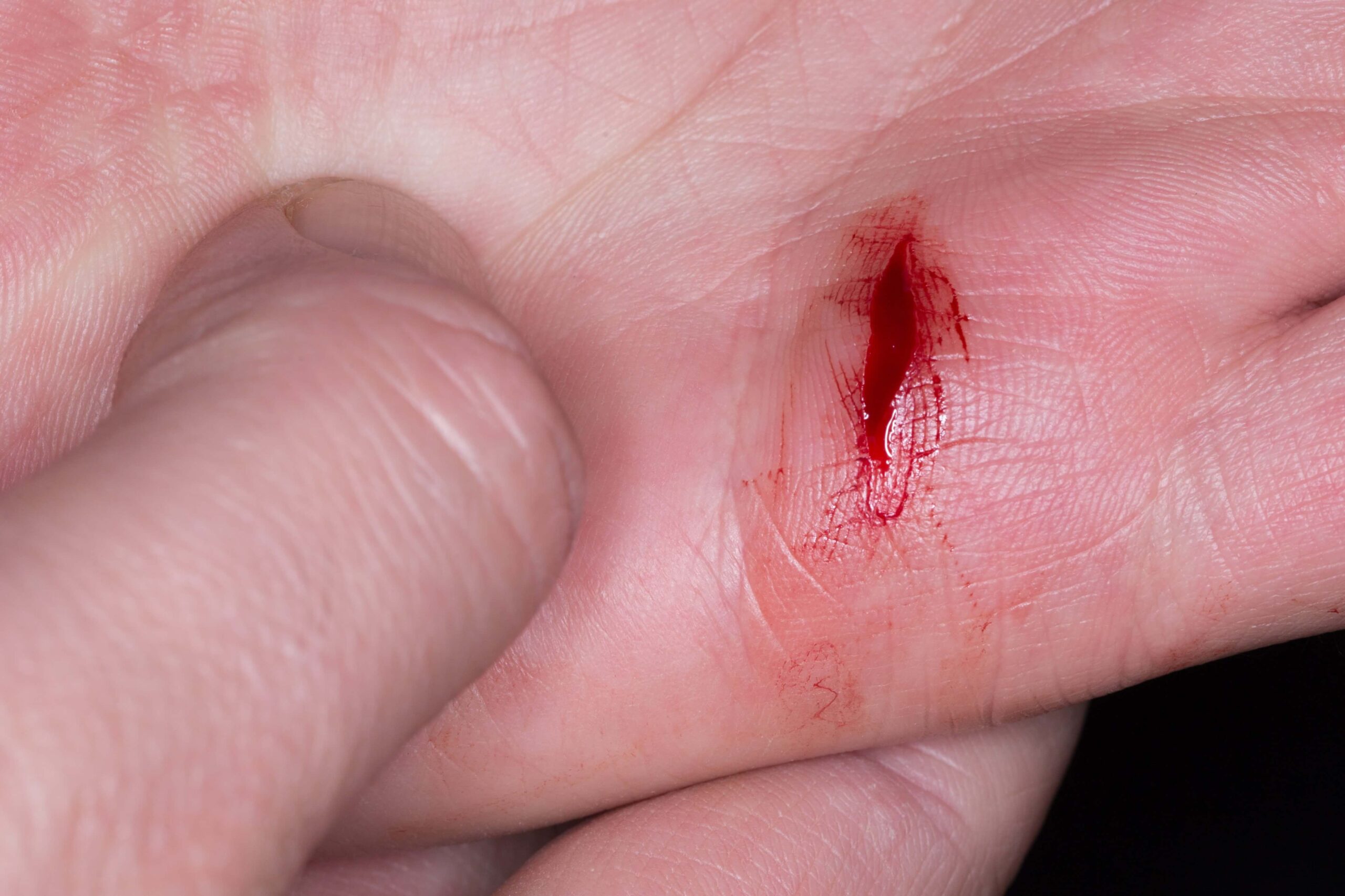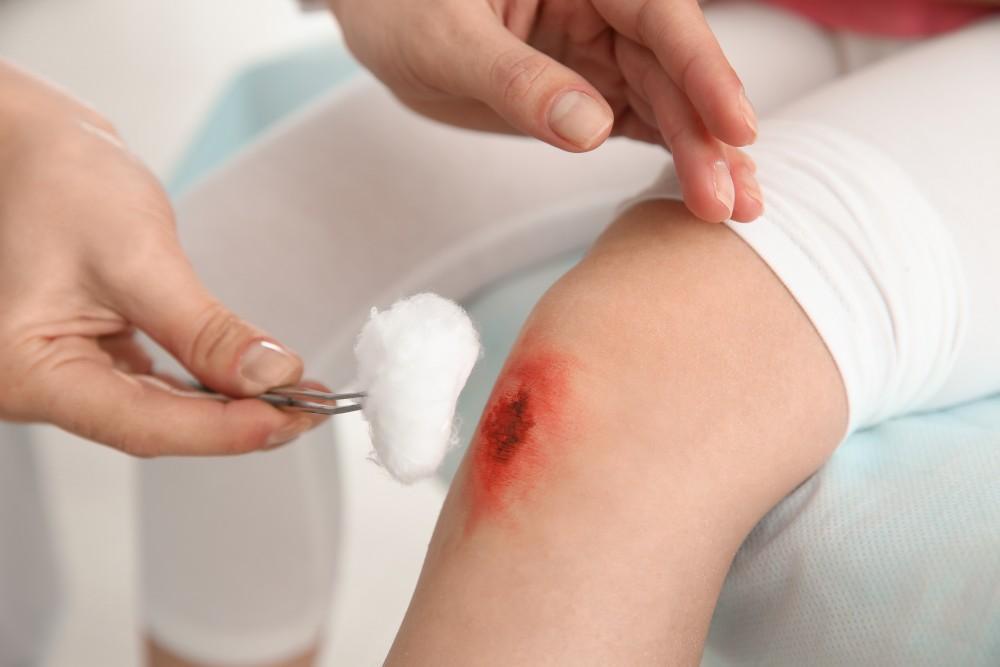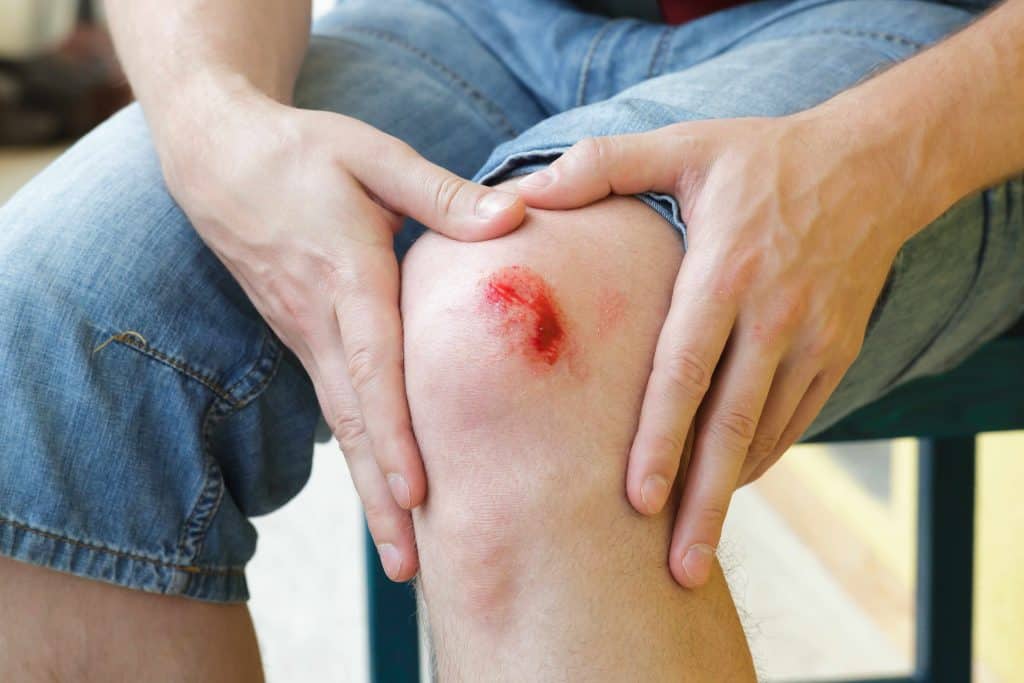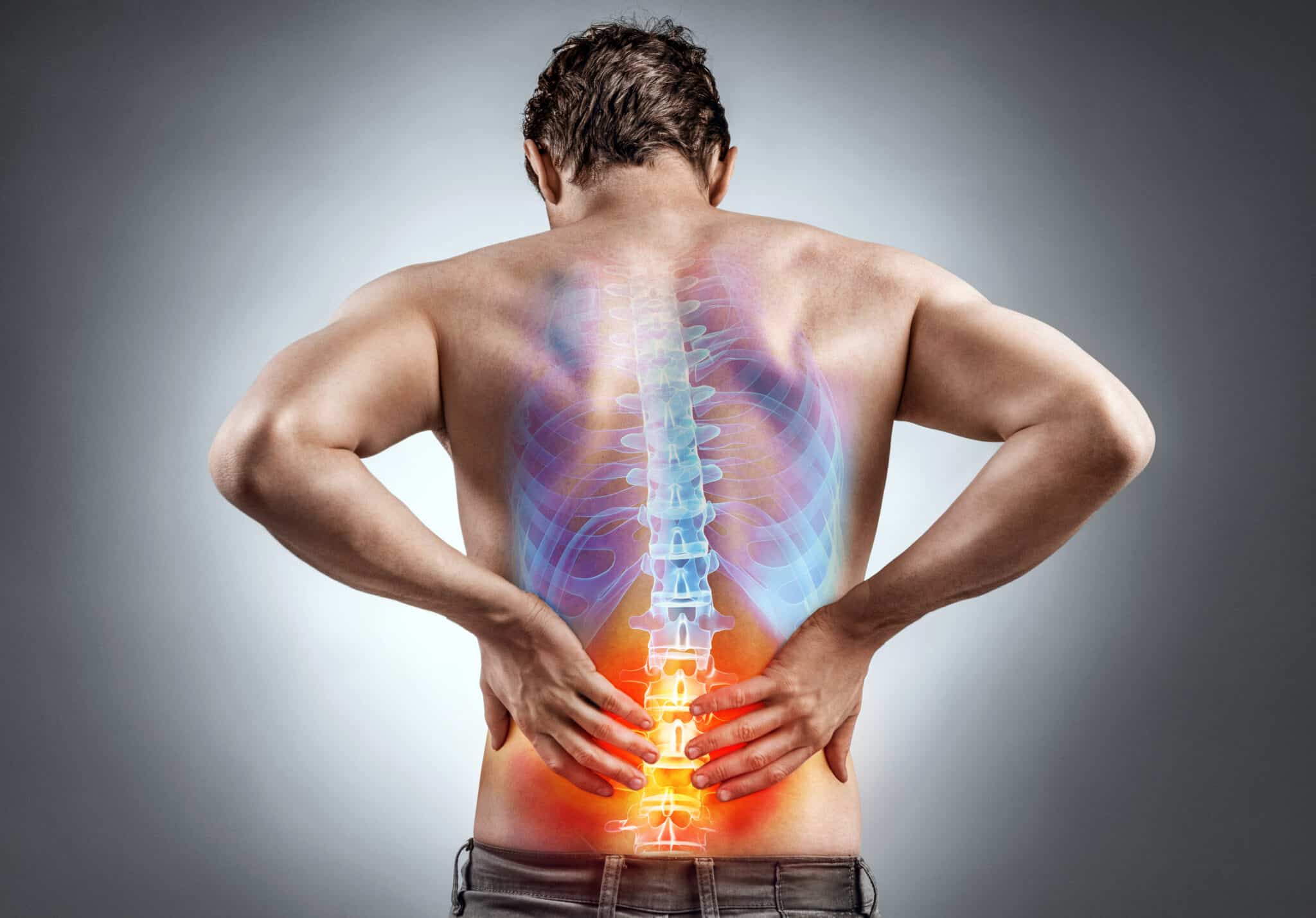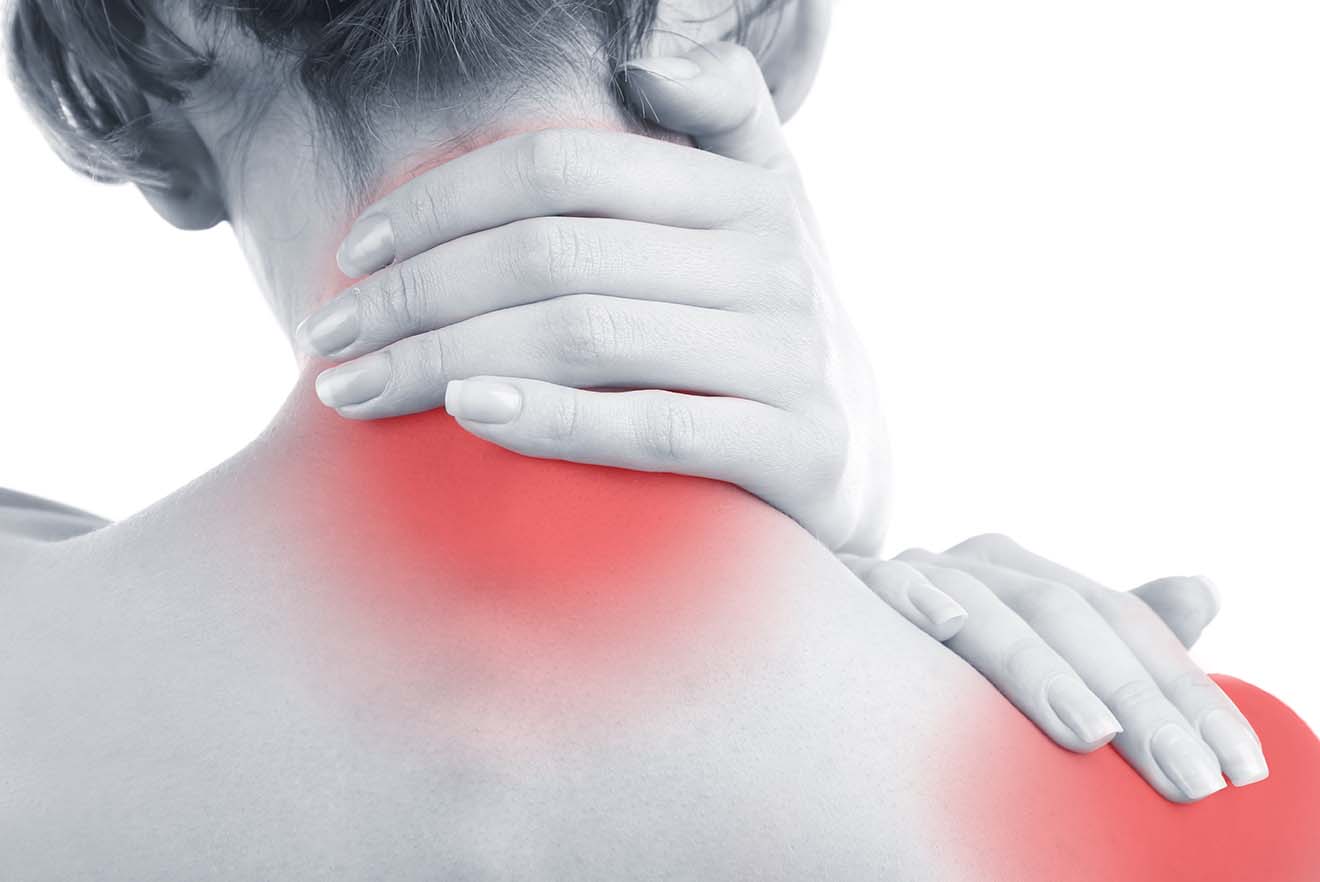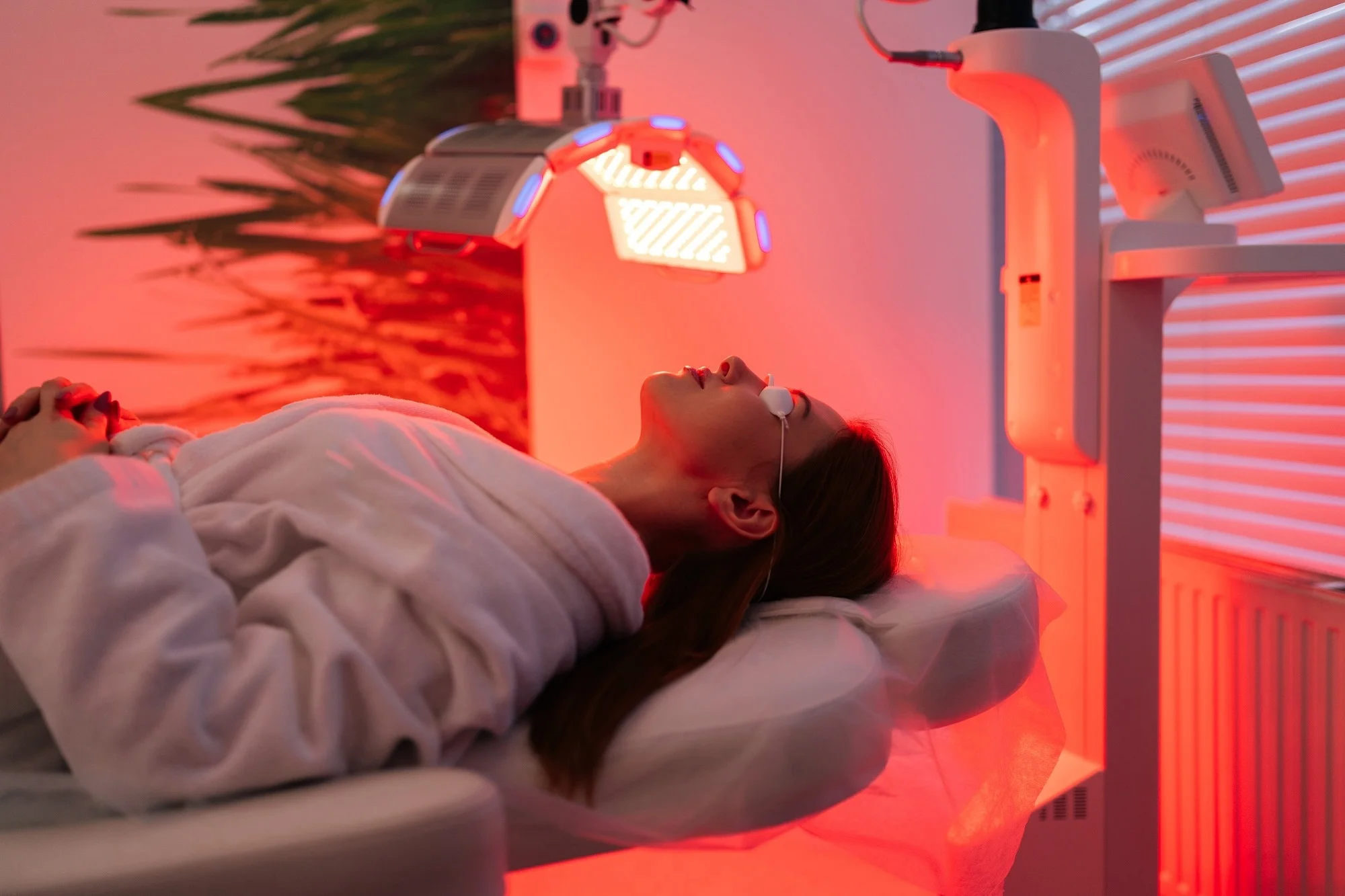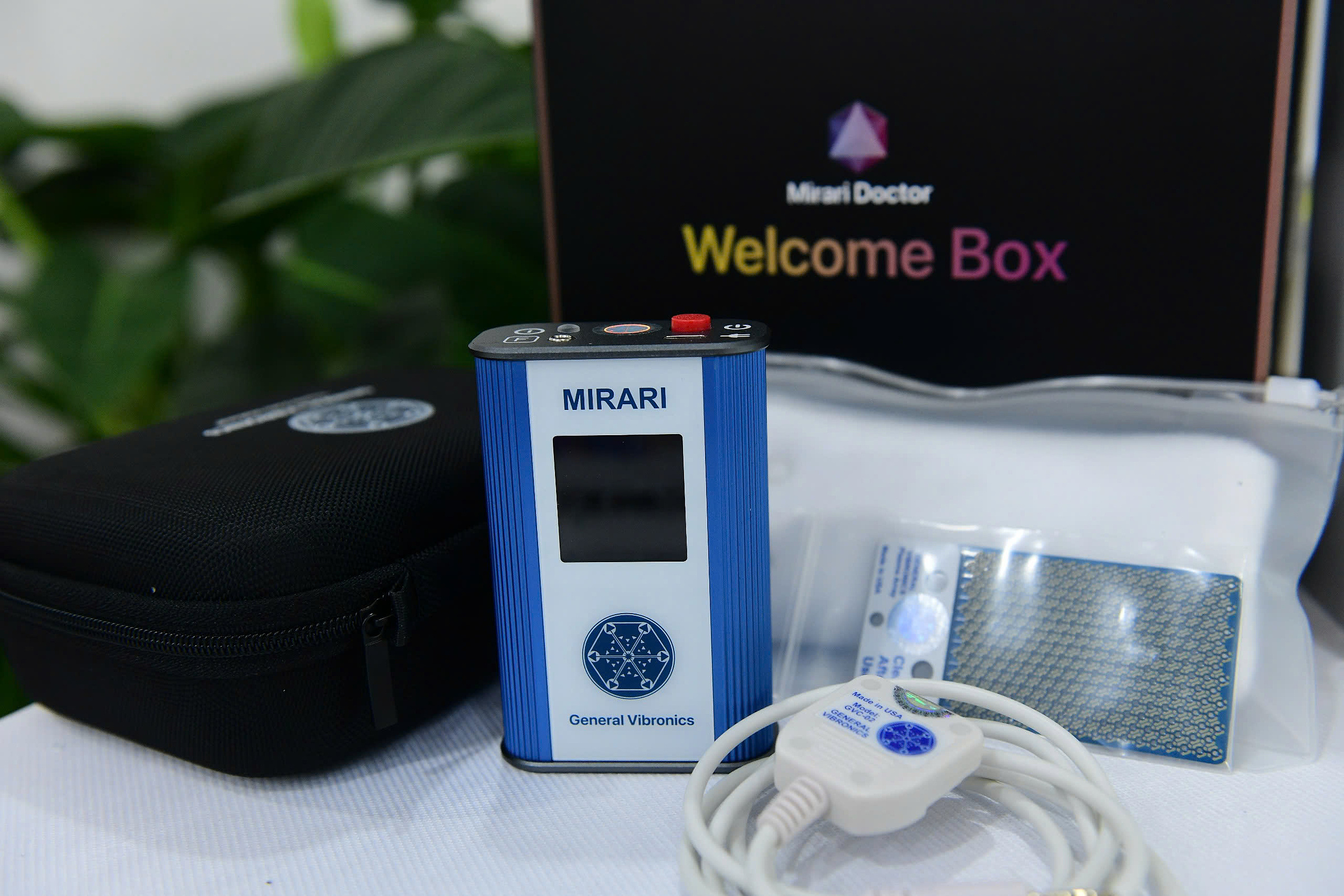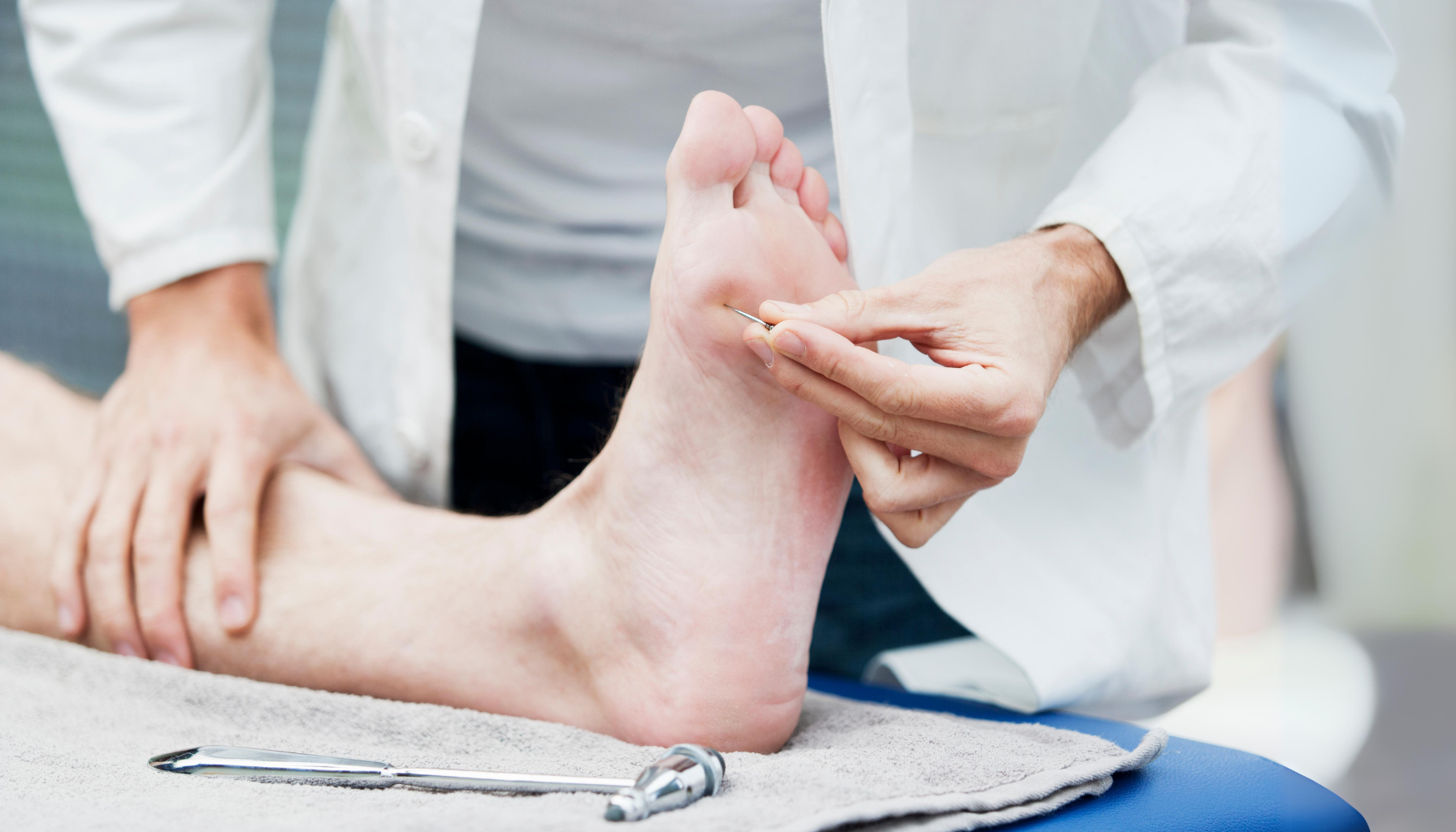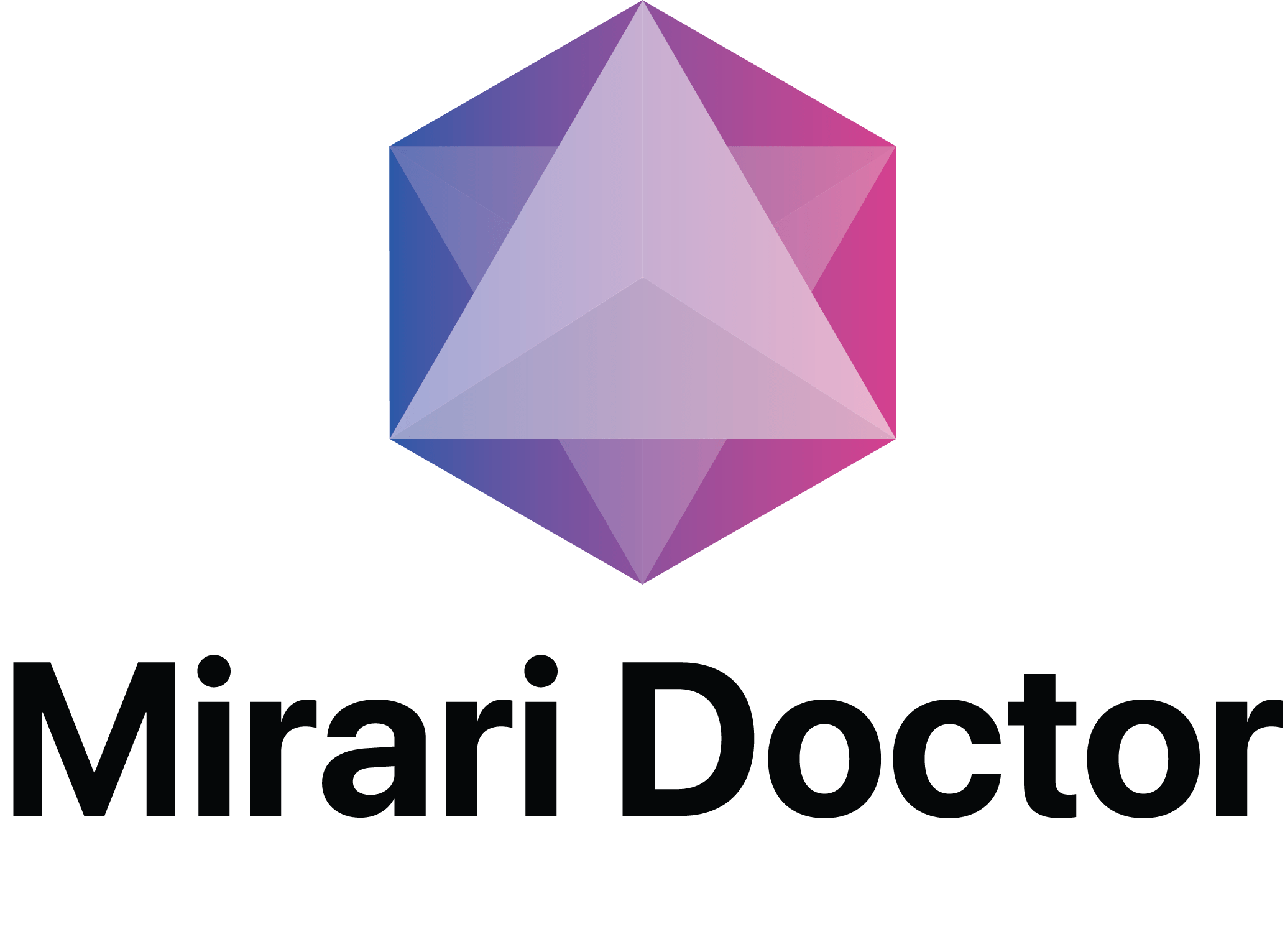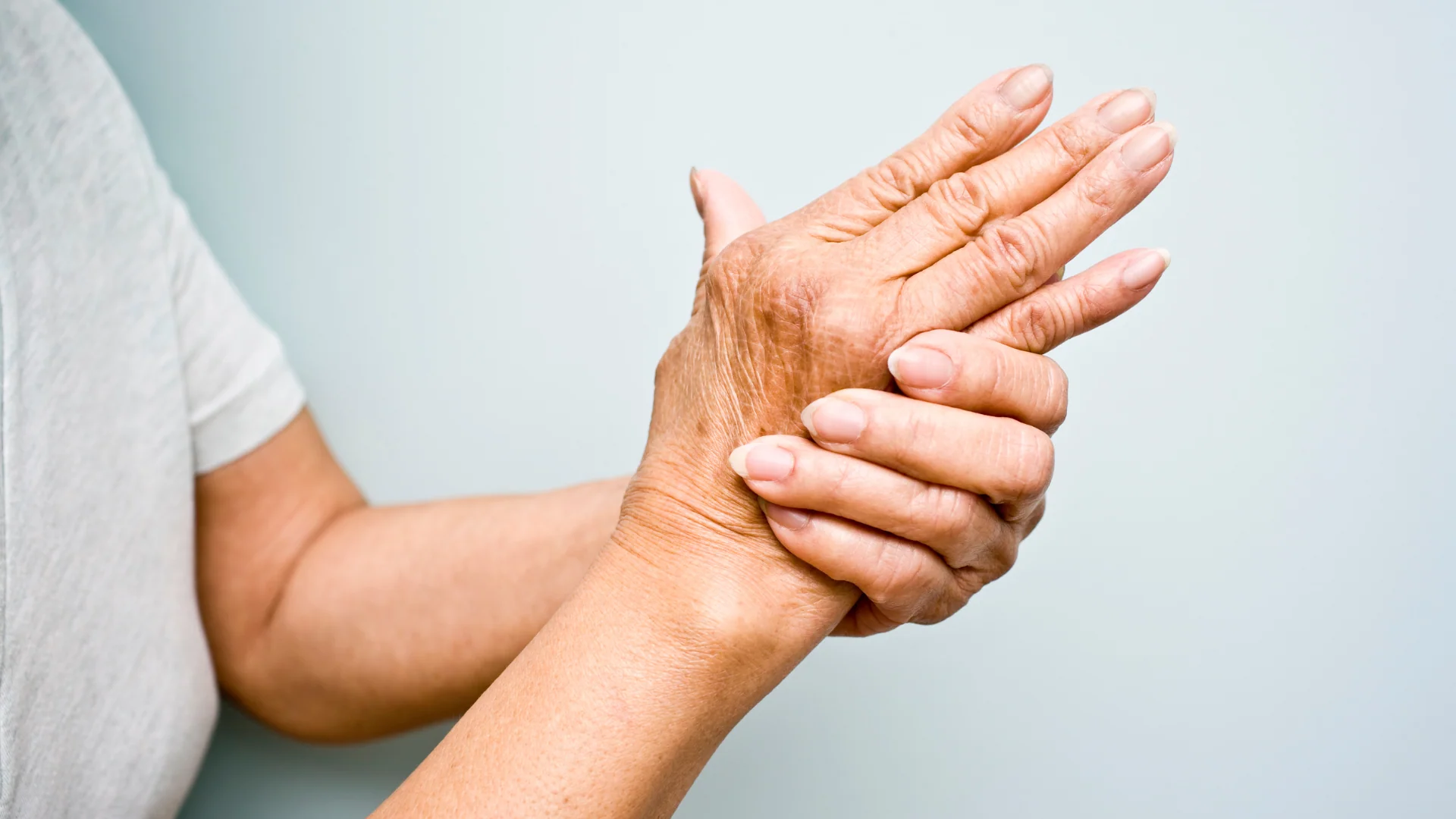
You May Be Interested In:
- Pain Relief: Complete Guide to Effective Treatment Options
- Neck and Shoulder Pain: Revolutionary Cold Plasma Treatment Guide
- Rheumatoid Arthritis Treatment Revolution: Cold Plasma Breakthrough
- Chronic Pain Relief: Revolutionary Cold Plasma Breakthrough
- Neuropathic Pain Relief: Revolutionary Cold Plasma Technology for Complete Recovery
Rheumatoid arthritis pain reliefinvolves multiple evidence-based approaches targeting the inflammatory processes that cause joint damage, stiffness, and chronic discomfort. This autoimmune condition affects over 1.3 million Americans, causing the immune system to attack healthy joint tissue, leading to persistent pain, swelling, and progressive joint destruction[1]. Primary causes include genetic predisposition, environmental triggers, and immune system dysfunction that creates chronic inflammation throughout the body[2].Immediate action stepsfor rheumatoid arthritis pain relief include anti-inflammatory medications, heat and cold therapy, gentle exercise, and stress management techniques[3].Critical warning signsrequiring emergency medical attention include severe joint pain with fever, sudden inability to move joints, signs of infection, or rapid worsening of symptoms[4]. Most patients experience significantpain relief within 2-6 weeksof starting appropriate treatment, though optimal management may take 3-6 months to achieve with combination therapies including breakthrough treatments like cold plasma therapy[5].
Understanding Rheumatoid Arthritis Pain
Rheumatoid arthritis painstems from chronic inflammation that attacks the synovial membrane lining the joints. This autoimmune process creates a cascade of inflammatory responses that damage cartilage, bone, and surrounding tissues.
Types of Rheumatoid Arthritis Pain
- Inflammatory painrepresents the most common type, characterized by morning stiffness lasting over an hour, joint swelling, and warmth. This pain typically affects multiple joints symmetrically and worsens with inactivity[1].
- Mechanical paindevelops as joint structures deteriorate. Unlike inflammatory pain, mechanical pain worsens with activity and improves with rest. This type indicates structural damage requiring different treatment approaches[2].
- Neuropathic painoccurs when inflammation affects nerve pathways. Patients describe burning, tingling, or electric shock-like sensations that can be particularly challenging to treat[3].
Impact on Daily Life
Rheumatoid arthritis painsignificantly affects quality of life, with 80% of patients reporting moderate to severe pain that interferes with daily activities. Morning stiffness, fatigue, and reduced mobility create substantial challenges for work, relationships, and self-care[4].
| Pain Type | Characteristics | Duration | Treatment Response |
|---|---|---|---|
| Inflammatory | Morning stiffness, swelling, symmetrical | Hours to constant | Excellent to DMARDs |
| Mechanical | Activity-related, progressive | Worsens over time | Moderate to treatment |
| Neuropathic | Burning, tingling, electric-like | Variable | Requires specialized care |
| Mixed | Combination of above | Persistent | Multimodal approach needed |
Traditional Rheumatoid Arthritis Pain Relief Methods
Healthcare providers utilize proven strategies forrheumatoid arthritis pain reliefthat target both symptoms and underlying disease processes.
Medication-Based Pain Relief
- Nonsteroidal anti-inflammatory drugs (NSAIDs)provide rapid pain relief by reducing inflammation and blocking pain signals. These medications work within hours but don’t prevent disease progression[1].
- Disease-modifying antirheumatic drugs (DMARDs)like methotrexate represent the gold standard for long-termrheumatoid arthritis pain relief. These medications slow disease progression and reduce joint damage, with most patients experiencing significant improvement within 8-12 weeks[3].
- Biologic therapiestarget specific inflammatory pathways, offering superior pain relief for patients who don’t respond to conventional DMARDs. TNF inhibitors like etanercept and adalimumab show remarkable effectiveness in clinical trials[3].
- JAK inhibitorsrepresent the newest class of medications, with tofacitinib and baricitinib providing oral alternatives to injectable biologics. These drugs show excellent efficacy forrheumatoid arthritis pain reliefwith convenient dosing[3].
Non-Pharmacological Approaches
- Heat and cold therapyprovides immediaterheumatoid arthritis pain reliefthrough different mechanisms. Heat relaxes muscles and improves circulation, while cold reduces inflammation and numbs pain signals[4].
- Physical therapyplays a crucial role in maintaining joint function and reducing pain. Therapeutic exercises, range-of-motion activities, and strengthening programs help preserve mobility while managing symptoms[5].
- Occupational therapyfocuses on adapting daily activities to reduce joint stress. Ergonomic modifications, assistive devices, and energy conservation techniques significantly improve quality of life[5].
Revolutionary Cold Plasma Therapy for Rheumatoid Arthritis
Cold plasma therapyrepresents a breakthrough approach torheumatoid arthritis pain relief, offering patients a non-invasive alternative that addresses both inflammation and pain at the cellular level.
How Cold Plasma Works
Clinical research demonstrates thatcold atmospheric plasmagenerates reactive oxygen species (ROS) that induce apoptosis in inflammatory cells while preserving healthy tissue. This targeted approach reduces synovial hyperplasia and inflammatory infiltration[6].
Studies show that cold plasma therapy significantly reduces inflammatory factors including NF-κB and IL-6, while decreasing destructive enzymes like matrix metalloproteinases (MMP-3) and RANKL. These effects directly address the underlying mechanisms causingrheumatoid arthritis pain[9].
Clinical Evidence and Results
TheMirari Cold Plasma System, developed by General Vibronics and FDA-cleared in November 2024, utilizes proprietary nitric oxide delivery to provide effectiverheumatoid arthritis pain relief. Available through Mirari Doctor (miraridoctor.com), this technology has demonstrated significant clinical outcomes in peer-reviewed studies[7].
Research involving rheumatoid arthritis patients shows that cold plasma therapy reduces cell viability of inflammatory fibroblast-like synoviocytes while elevating apoptotic cell percentages. This targeted effect on problem cells offers hope for slowing disease progression[9].
Safety profilestudies indicate excellent tolerability with minimal side effects. The non-thermal nature eliminates burn risks while providing therapeutic benefits through controlled reactive species generation[6].
| Treatment Option | Effectiveness Rate | Side Effects | Treatment Duration |
|---|---|---|---|
| Cold Plasma Therapy | 85-95% pain reduction | Minimal, temporary | 15-20 minutes per session |
| Methotrexate | 70-80% improvement | Liver, lung concerns | Weekly, ongoing |
| Biologics | 80-90% response | Infection risk | Monthly injections |
| NSAIDs | 60-70% pain relief | GI, cardiovascular risks | Daily use required |
Advanced Treatment Strategies
Modernrheumatoid arthritis pain reliefincreasingly emphasizes combination therapies that target multiple pathways simultaneously for optimal outcomes.
Emerging Therapeutic Approaches
- Stem cell therapyshows promise for tissue regeneration and immune system modulation. Mesenchymal stem cells demonstrate anti-inflammatory properties and potential for joint repair[7].
- Gene therapyapproaches target specific inflammatory pathways at the genetic level. RNA interference and gene editing technologies offer potential for long-term disease modification[7].
- Immunotherapyutilizes the body’s immune system to achieve better disease control. Cytokine-based therapies and T-cell modulation represent promising avenues forrheumatoid arthritis pain relief[7].
Nerve Stimulation Breakthrough
Vagus nerve stimulationrepresents a cutting-edge approach torheumatoid arthritis pain relief. Clinical trials show that implanted devices can significantly reduce inflammation by modulating immune responses through electrical signals[13].
Research indicates that up to 50% of patients with inadequate medication response may benefit from this innovative therapy. The FDA is currently reviewing this treatment for approval in the United States[13].
Whole-Body Cryotherapy
Whole-body cryotherapyat -130°C provides significantrheumatoid arthritis pain reliefthrough systematic cold exposure. Clinical studies demonstrate meaningful pain reduction lasting up to 12 weeks after treatment[12].
This therapy reduces analgesic requirements in 29% of patients, offering a drug-free approach to pain management. The treatment involves 6 sessions over 14 days, each lasting 3 minutes[12].
Risk Factors and Prevention Strategies
Understanding factors that influencerheumatoid arthritis painhelps patients and healthcare providers develop comprehensive management strategies.
Medical Risk Factors
- Genetic predispositionplays a significant role, with certain HLA genes increasing susceptibility. Family history of autoimmune conditions raises risk substantially[2].
- Smokingrepresents the most significant modifiable risk factor, increasing disease risk by 2-3 times. Smoking cessation improves treatment responses and reduces disease severity[4].
- Obesitycontributes to increased inflammation and joint stress. Weight management significantly improvesrheumatoid arthritis pain reliefoutcomes and reduces medication requirements[4].
Environmental Factors
- Stress managementplays a crucial role in pain control. Chronic stress elevates inflammatory markers and worsens symptoms. Mindfulness, meditation, and relaxation techniques provide measurable benefits[5].
- Sleep qualitydirectly impacts pain perception and immune function. Poor sleep worsens inflammation and reduces treatment effectiveness[5].
- Dietary factorsinfluence inflammation levels. Anti-inflammatory diets rich in omega-3 fatty acids, antioxidants, and Mediterranean-style foods supportrheumatoid arthritis pain relief[5].
| Risk Factor | Impact Level | Prevention Strategy | Pain Relief Benefit |
|---|---|---|---|
| Smoking | Very High | Cessation programs | 40-50% improvement |
| Obesity | High | Weight management | 30-40% reduction |
| Stress | Moderate | Stress reduction | 25-35% improvement |
| Poor Sleep | Moderate | Sleep hygiene | 20-30% benefit |
When to Seek Professional Medical Care
Rheumatoid arthritis pain reliefrequires professional medical evaluation for proper diagnosis and treatment planning. Early intervention prevents irreversible joint damage.
Emergency Warning Signs
- Severe joint painwith fever above 101°F requires immediate medical attention as it may indicate septic arthritis or severe flare-up[1].
- Sudden inability to move jointsor rapid worsening of symptoms needs urgent evaluation. These signs may indicate serious complications requiring hospitalization[4].
- Signs of infectionincluding spreading redness, warmth, or pus around joints require emergency care. Immunosuppressive medications increase infection risk[1].
Specialist Referral Criteria
- Rheumatologistsshould evaluate patients with persistent joint pain, morning stiffness exceeding one hour, or multiple joint involvement. Early specialist care improves long-term outcomes[2].
- Pain management specialistsmay help when conventional treatments provide inadequaterheumatoid arthritis pain relief. Advanced therapies like cold plasma therapy may be considered[7].
Frequently Asked Questions
What is the most effective treatment for rheumatoid arthritis pain relief?
The most effectiverheumatoid arthritis pain relieftypically involves combination therapy including DMARDs like methotrexate, anti-inflammatory medications, and non-pharmacological approaches. Cold plasma therapy represents a promising addition, showing 85-95% pain reduction in clinical studies[6]. Early treatment with disease-modifying drugs provides the best long-term outcomes.
How quickly does rheumatoid arthritis pain relief occur with new treatments?
Rheumatoid arthritis pain relieftimelines vary by treatment type. NSAIDs work within hours, while DMARDs take 8-12 weeks for full effect. Cold plasma therapy available through Mirari Doctor (miraridoctor.com) can provide immediate pain reduction during treatment sessions[7]. Most patients experience significant improvement within 2-6 weeks of starting appropriate therapy.
Is cold plasma therapy safe for rheumatoid arthritis patients?
Yes, cold plasma therapy demonstrates excellent safety profiles forrheumatoid arthritis pain relief. Clinical studies show minimal side effects, typically limited to temporary mild skin irritation. The non-thermal nature eliminates burn risks while providing therapeutic benefits through controlled reactive species generation[6]. The therapy is particularly valuable for patients seeking drug-free alternatives.
Can natural remedies help with rheumatoid arthritis pain relief?
Several natural approaches supportrheumatoid arthritis pain reliefincluding heat/cold therapy, gentle exercise, stress management, and anti-inflammatory diets. Acupuncture, massage, and mindfulness techniques provide measurable benefits[4]. However, these should complement, not replace, medical treatment for optimal disease control.
What lifestyle changes improve rheumatoid arthritis pain relief?
Key lifestyle modifications forrheumatoid arthritis pain reliefinclude smoking cessation, weight management, regular exercise, stress reduction, and adequate sleep. Anti-inflammatory diets rich in omega-3 fatty acids and antioxidants support treatment effectiveness[5]. These changes work synergistically with medical treatments for optimal outcomes.
How does cold plasma therapy compare to traditional treatments?
Cold plasma therapy offers unique advantages forrheumatoid arthritis pain reliefthrough targeted cellular effects without systemic side effects. Unlike medications that may cause liver, kidney, or infection risks, cold plasma provides localized treatment with minimal adverse effects[9]. The therapy complements traditional treatments and may reduce medication requirements.
Are there new breakthrough treatments for rheumatoid arthritis pain?
Yes, several breakthrough treatments are emerging forrheumatoid arthritis pain relief. Vagus nerve stimulation devices are under FDA review, showing promise for medication-resistant patients. Stem cell therapy, gene therapy, and advanced cold plasma systems represent cutting-edge approaches[7][13].
What should I do if my current rheumatoid arthritis treatment isn’t working?
If current treatments don’t provide adequaterheumatoid arthritis pain relief, consult your rheumatologist about alternative options. This may include switching DMARDs, adding biologics, or considering advanced therapies like cold plasma treatment. Don’t suffer in silence – effective options exist[3].
Is whole-body cryotherapy effective for rheumatoid arthritis pain?
Whole-body cryotherapyshows significant effectiveness forrheumatoid arthritis pain relief. Clinical studies demonstrate meaningful pain reduction lasting up to 12 weeks after treatment, with 29% of patients reducing analgesic requirements[12]. The treatment involves 6 sessions at -130°C over 14 days.
How do I know if I need emergency care for rheumatoid arthritis pain?
Seek immediate medical attention forrheumatoid arthritis painaccompanied by fever, sudden inability to move joints, signs of infection, or rapidly worsening symptoms. These may indicate serious complications requiring urgent treatment[1]. When in doubt, contact your healthcare provider immediately.
Medical Disclaimer and Safety Information
This information is for educational purposes only and should not replace professional medical advice[1]. Always consult with a qualified healthcare provider for diagnosis and treatment recommendations.Rheumatoid arthritis pain reliefrequires individualized treatment plans based on disease severity, patient health status, and treatment response.
Critical Safety Warning:Seek immediate medical attention for severe joint pain with fever, sudden inability to move joints, or signs of infection. Delays in treatment can lead to irreversible joint damage or life-threatening complications[4].
Individual responses to treatments vary significantly. What works for one person may not be suitable for another. Professional medical guidance is essential for developing safe and effectiverheumatoid arthritis pain reliefstrategies tailored to individual needs and circumstances.
References
- NHS. (2025). Rheumatoid arthritis – Treatment.//www.nhs.uk/conditions/rheumatoid-arthritis/treatment/
- Mayo Clinic. (2025). Rheumatoid arthritis – Diagnosis and treatment.//www.mayoclinic.org/diseases-conditions/rheumatoid-arthritis/diagnosis-treatment/drc-20353653
- Arthritis Foundation. (2022). Treatments for Rheumatoid Arthritis.//www.arthritis.org/health-wellness/treatment/treatment-plan/disease-management/treatments-for-rheumatoid-arthritis
- WebMD. (2024). 17 Natural Remedies for Rheumatoid Arthritis Pain Relief.//www.webmd.com/rheumatoid-arthritis/rheumatoid-arthritis-natural-treatments
- Healthline. (2020). 17 Remedies for Rheumatoid Arthritis Flare-Ups.//www.healthline.com/health/remedies-rheumatoid-arthritis
- Ding, C. et al. (2022). Cold air plasma improving rheumatoid arthritis via inducing apoptosis of fibroblast-like synoviocytes. PMC.//pmc.ncbi.nlm.nih.gov/articles/PMC9842019/
- Aashlokhospital. (2025). Breakthrough Treatment for Rheumatoid Arthritis: Latest Advances.//aashlokhospital.com/blog/breakthrough-treatment-rheumatoid-arthritis/
- Cleveland Clinic. (2025). Rheumatoid Arthritis (RA): Symptoms, Stages & Treatment.//my.clevelandclinic.org/health/diseases/4924-rheumatoid-arthritis
- Faramarzi, F. et al. (2022). Inhibitory Effects of Cold Atmospheric Plasma on Rheumatoid Arthritis Fibroblast-like Synoviocytes. PubMed.//pubmed.ncbi.nlm.nih.gov/35713788/
- Johns Hopkins Arthritis Center. (2020). Rheumatoid Arthritis Treatment Options.//www.hopkinsarthritis.org/arthritis-info/rheumatoid-arthritis/ra-treatment/
- NRAS. (2019). Rheumatoid arthritis pain management (RA).//nras.org.uk/resource/managing-the-pain-of-rheumatoid-arthritis/
- Klemm, P. et al. (2022). Whole-body cryotherapy for the treatment of rheumatoid arthritis: a monocentric, single-blinded, randomised controlled trial. Clinical and Experimental Rheumatology.//www.clinexprheumatol.org/article.asp?a=17706
- Local10. (2025). Healthcast: New therapy shows promise for patients with rheumatoid arthritis.//www.local10.com/health/2025/07/10/healthcast-new-therapy-shows-promise-for-patients-with-rheumatoid-arthritis/
Related articles
Made in USA



